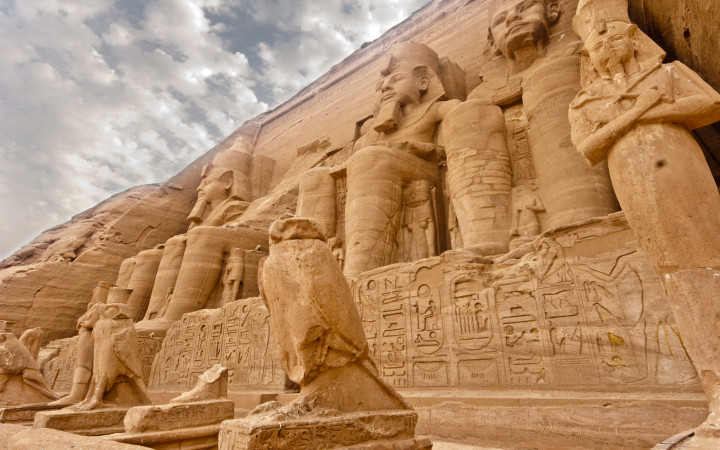Contents
The Emoji Movie did about as much for the popularity of emojis as Stephen King’s Cujo did for St. Bernard dogs. In fact, the Guardian described the former film as a “force of insidious evil”, which is perhaps something it had in common with King’s rabid canine. Nevertheless, emojis have somehow managed to occupy a large amount of pop culture real estate, despite being loved and despised in equal measure.

Pictorial Scripts
Given their widespread usage, in everything from text messages to the social media posts of major corporations, it was perhaps inevitable that emojis would catch the eyes of linguists and language scholars. After all, it’s hard not to notice their similarity to hieroglyphic, cuneiform, and otherwise pictorial scripts like Aztec, Olmec, and Mayan. The Ancient Egyptian language alone has more than 700 ‘pictures’ in their alphabet. There are 3,521 emojis.
So, the question that needs to be asked is whether our use of language has gone full circle and we’ve returned to scribbling pictures on bones – and, of course, the immediate answer is ‘no’. While it’s entirely possible to write an easily understood ‘sentence’ using emojis, the complete absence of clauses, tenses, and other elements of grammar means that they’re much more useful as an accompaniment to regular words.
Languages like French have a vast array of rules (including five past tense forms) that can be daunting to newcomers, and many tools have emerged to make language learning easier. The Preply website includes guides to prepositions and conjugation for absolute beginners but their online tutors can provide one-to-one learning if required. This kind of service scales with need, too, with an introduction to French sounds setting the groundwork for much more advanced lessons.

Irony and Sarcasm
As mentioned, the lack of conventional uses for emojis in writing hasn’t stopped language researchers from trying to squeeze extra meaning from their everyday use. A paper by Benjamin Weissman published in the PLOS One journal discovered that emojis that denote irony or sarcasm activate the same electrical signals in the brain that a written counterpart would. We understand some emojis as we might a facial expression.
Emojis can also be much harder to comprehend than language in certain situations. Sentences made entirely from emoji characters can seem more like a puzzle than a readable phrase, while adding a niche or unrelated emoji to a sentence can easily confuse the reader – though, the same can be said for errant words. There are also regional ‘dialects’ of emoji, with local meanings changing with age groups and native language.
So, what’s the use? The beauty of emojis is in their ability to demonstrate the tone of a sentence, in much the same way as “LOL” and “ROFL” did in the early days of mobile technology and the internet. Telling somebody that they’re stupid isn’t half as hostile if the message is accompanied by a laughing emoji, while hearts and stars can emphasize affection or support. Of course, many of the fruit and vegetable emojis represent something else entirely.

